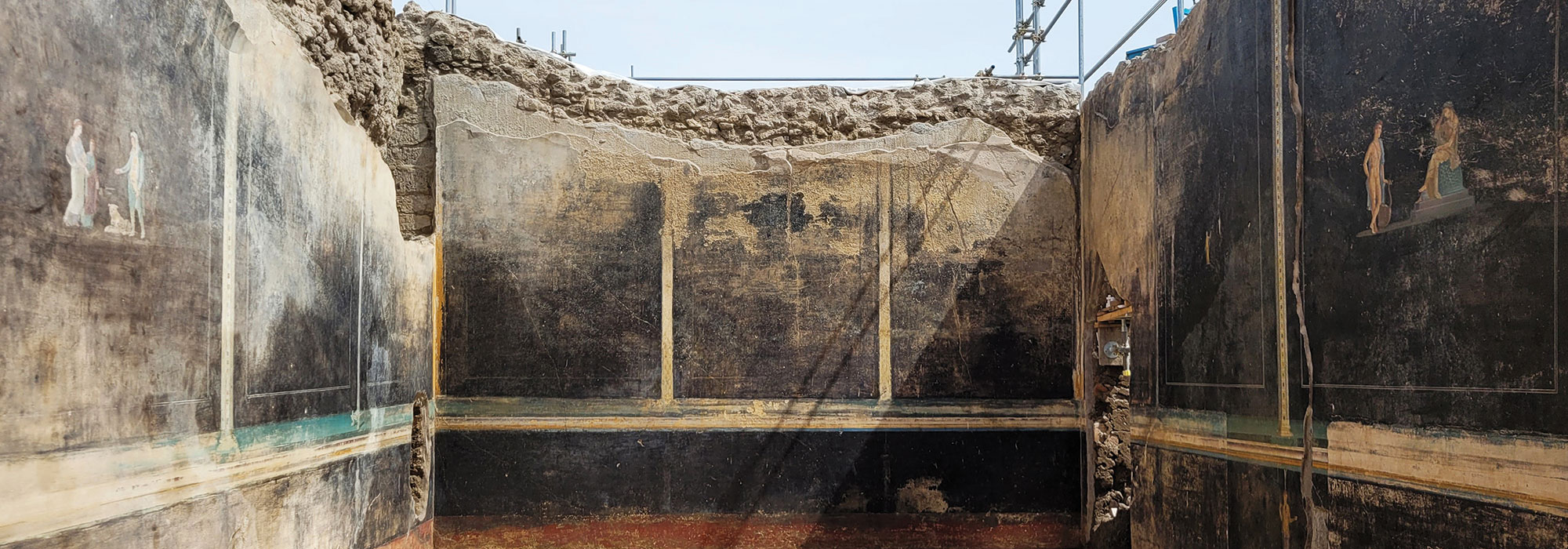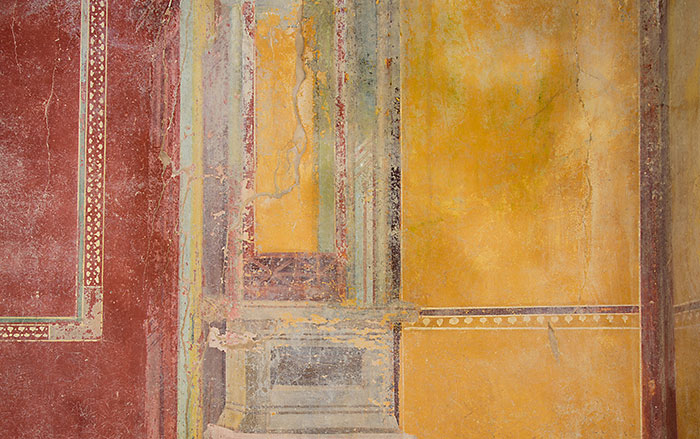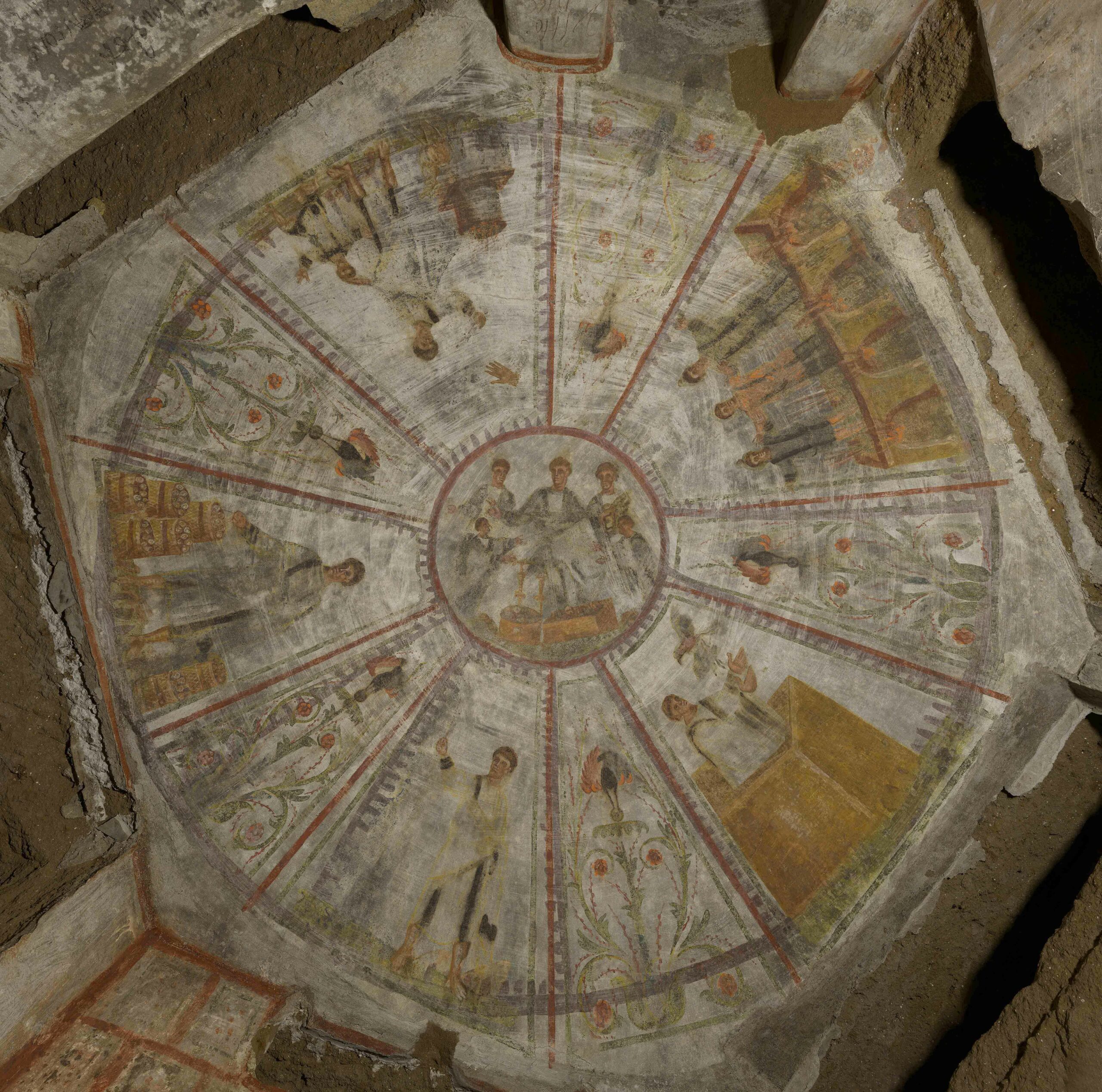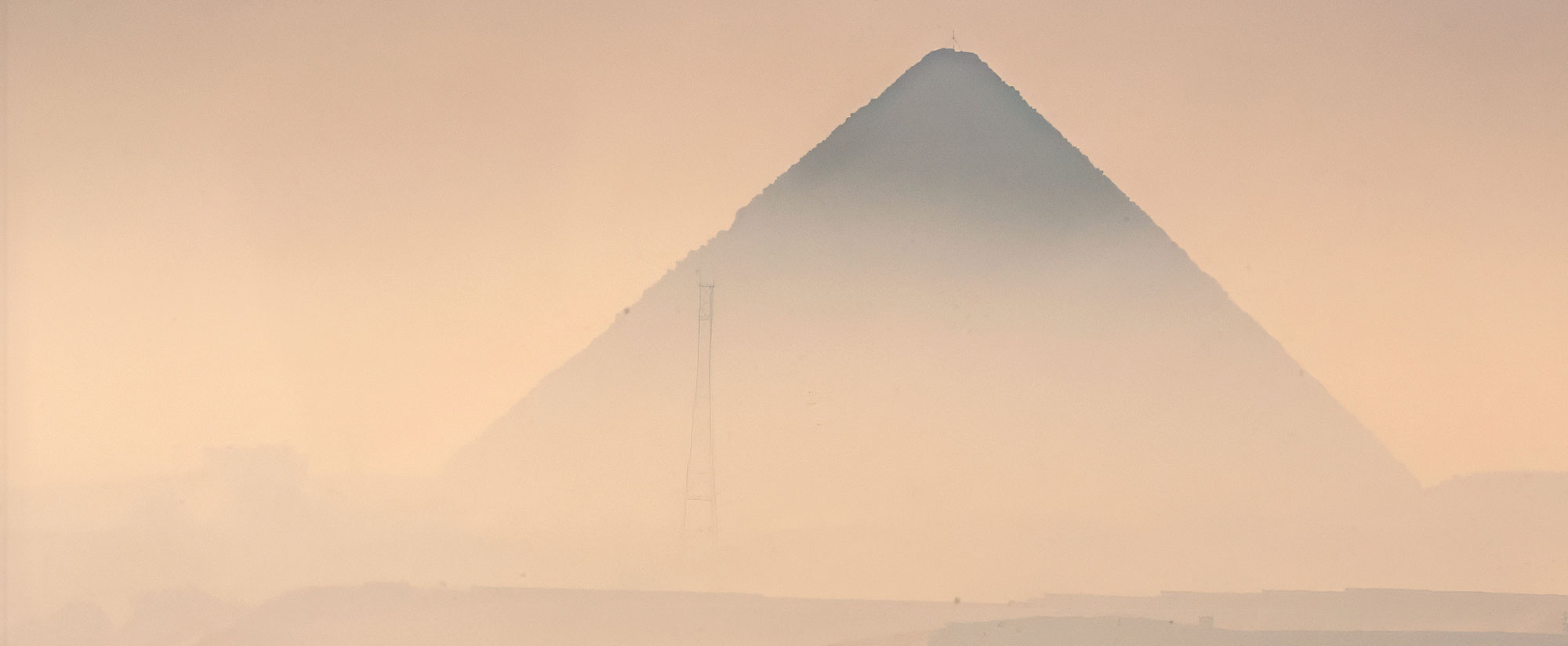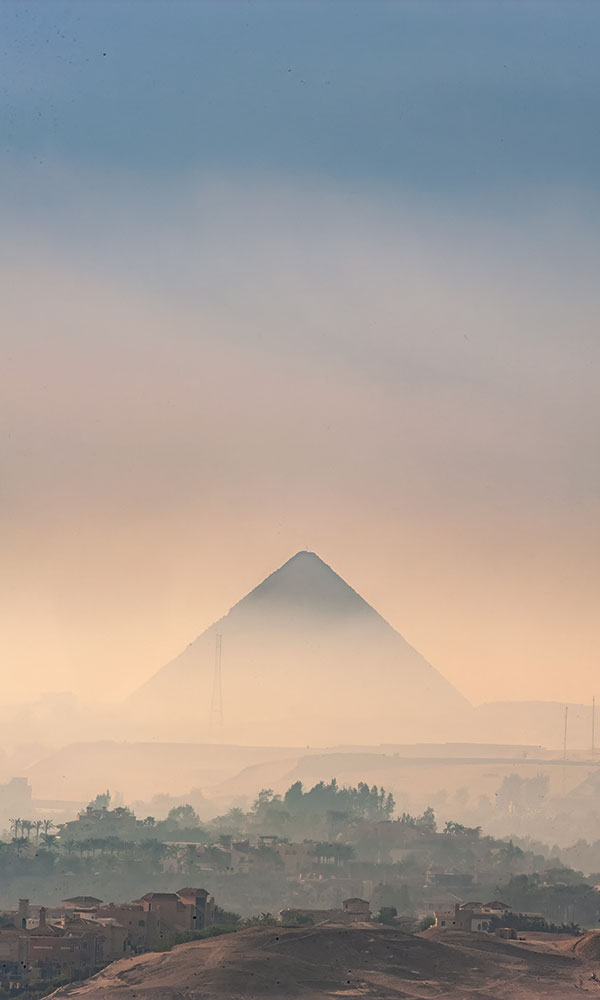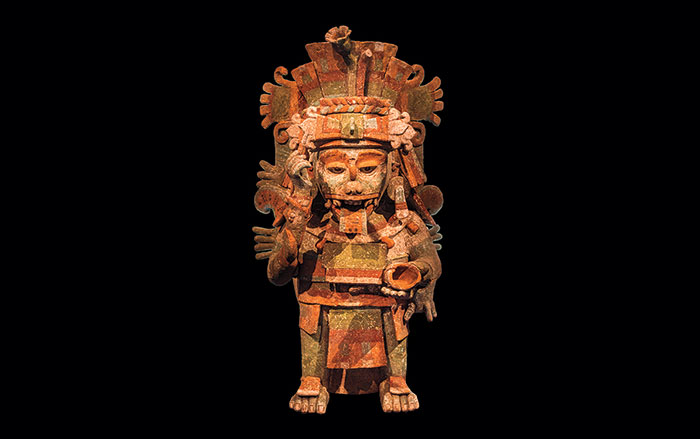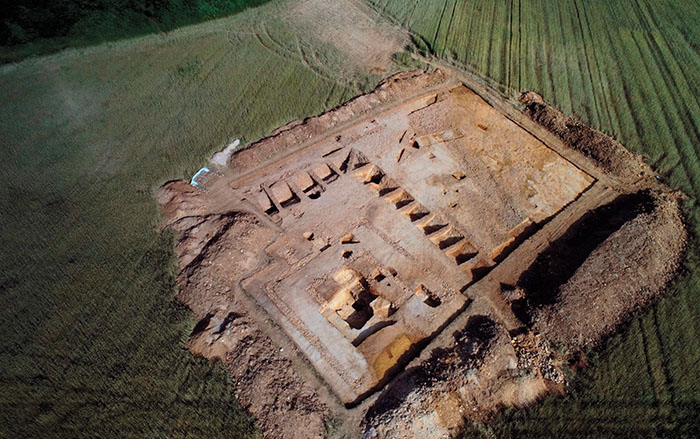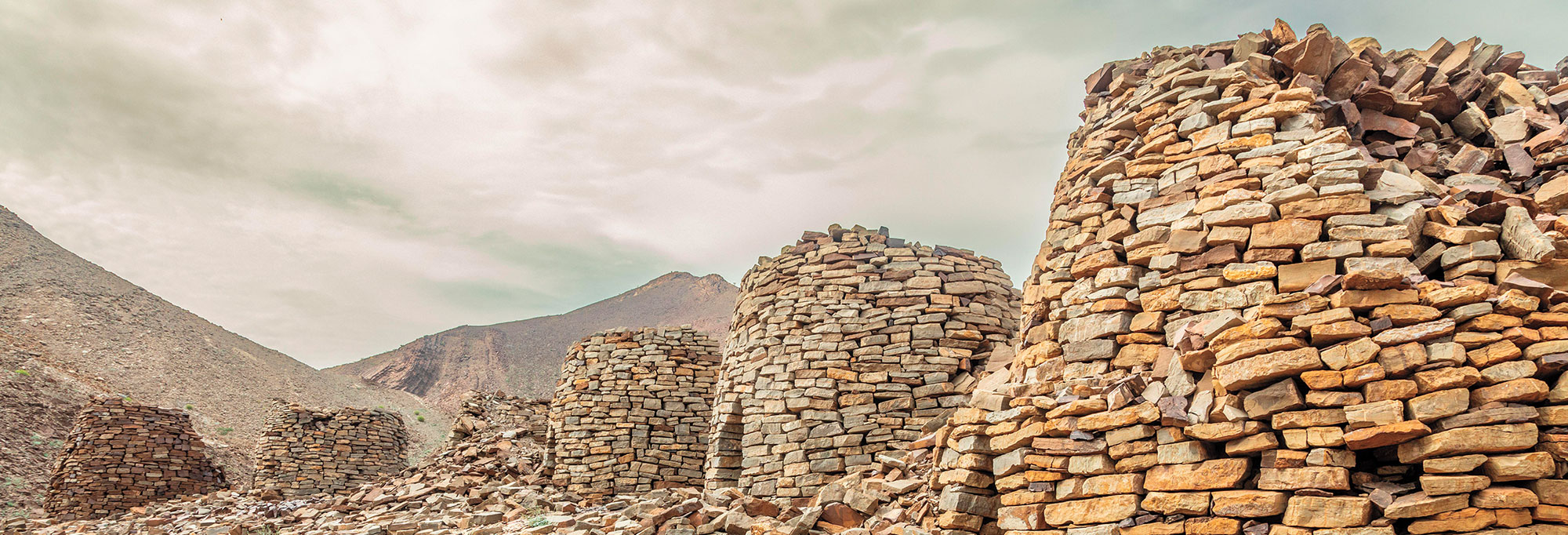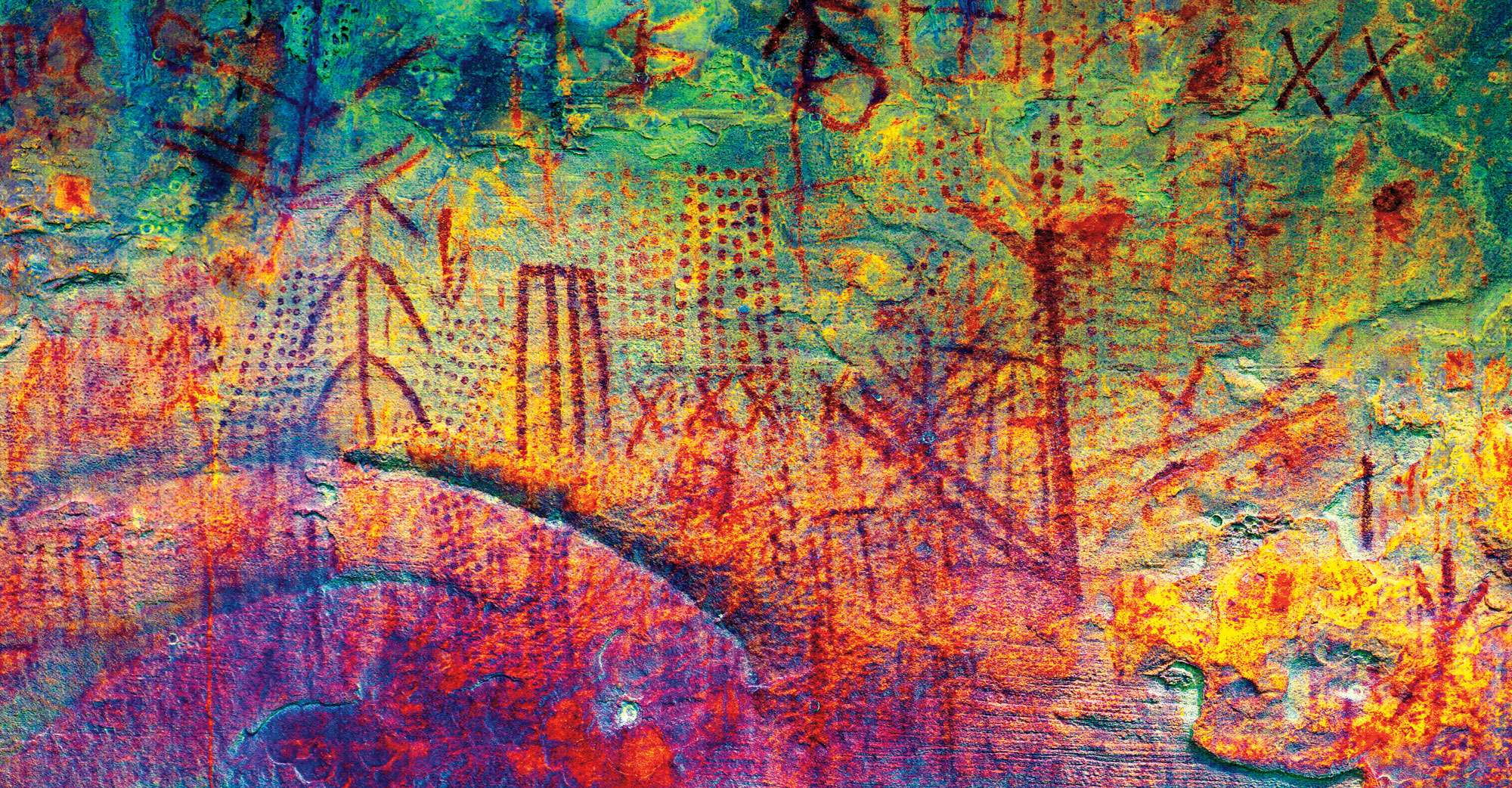On September 26, 1997, a strong earthquake shook the central Italian town of Assisi, birthplace of St. Francis. The quake damaged dozens of medieval buildings and shattered into tens of thousands of pieces the frescoes that covered the walls and ceiling of the Basilica of St. Francis. These include thirteenth-century frescoes by the greatest early Renaissance masters—Giotto, Cimabue, Simone Martini, and Pietro Lorenzetti. (After five years and millions of dollars, the frescoes were restored to as close to their original condition as possible.) But just half a mile from the Basilica, untouched by the earthquake, lay other beautiful frescoes that once covered the walls of a first-century A.D. Roman villa.
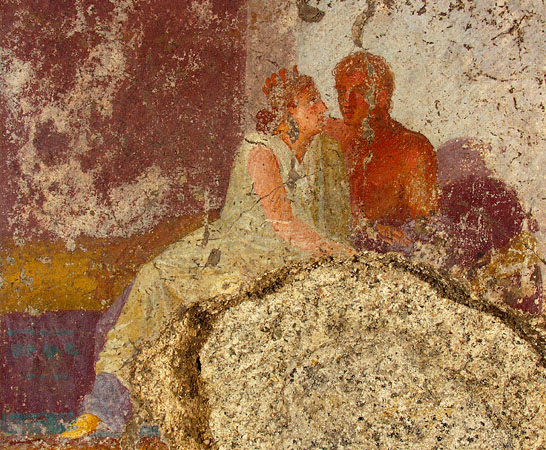
Four years after the earthquake, authorities began to stabilize and modernize some of Assisi's oldest structures. They decided that one of these buildings, the seventeenth-century Palazzo Giampè, which houses the town's court, would get an elevator. This required engineers to dig deep down to the building's foundations. But work stopped almost immediately. Only 20 inches below the entrance, builders had begun to find pieces of stucco of a kind that is often found decorating ancient Roman column capitals. "Right away we had to start a real excavation," says Maria Laura Manca of the Archaeological Superintendent's office in Umbria, who supervised the dig. Soon the archaeologists had uncovered three 14- to 15-foot-tall columns that formed the peristyle (a colonnaded space with a central garden) of a very large house. "We had not ever expected a discovery of this kind," says Manca. "We were astounded."
For the next two years, Manca continued digging, eventually uncovering the entire peristyle, a space of almost 300 square feet originally surrounded by brick and stucco columns. In 2002 the team uncovered another large space, perhaps an oecus (a type of large hallway), which had been hastily filled up with earth and abandoned in antiquity. Manca believes that a flood caused by the rupture of the house's two cisterns necessitated the space's being sealed off between the first centuries B.C. and A.D.
Finally, in 2003, archaeologists discovered a third room. Little by little, as they removed the earth filling the space, they began to uncover a large white frescoed wall, on which was painted a tripod and an architectural element with a griffin perched on top. Soon Manca began to understand that the peristyle, oecus, and this room, probably the triclinium or dining room, belonged to an impressive house. "These images were of such quality and so elegant, that I immediately thought that the master who painted them must have come from Rome," says Manca.
The excavations came to a stop a few months later when both time and money ran out. They would not start again until 2006, when Manca decided to expand the project and explore not only the area under the Palazzo Giampè, but also under the adjacent building, which held the offices of the committee for the Calendimaggio, a popular town festival celebrating Holy Week. Soon Manca's decision paid off. Right under the offices of the Calendimaggio the team discovered a large room that had almost certainly been a cubiculum, or bedroom, whose floor was covered with an impressive black and white geometric mosaic and whose walls were covered with finely painted, vibrant frescoes of a type almost never seen outside of Pompeii.
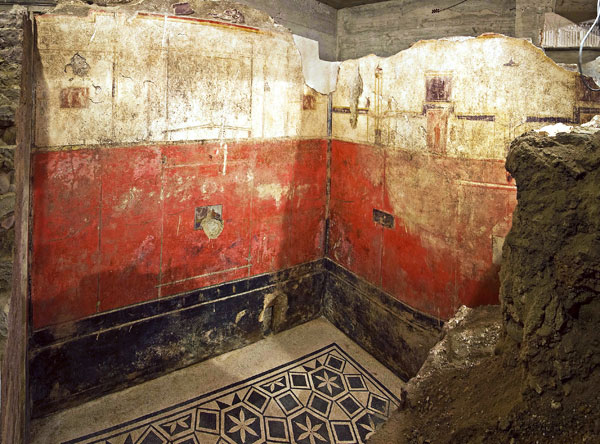
"We had quite a lot to study," says Manca. "This house is exceptional because both the walls and floors are so well preserved. There is nothing like this north of Rome. The House of the Surgeon in Rimini, the House of the Gardens in Brescia, and the House of the Stone Carpets in Ravenna all have splendid pavements, but their walls only stand 20 to 25 inches high. This is an historic discovery," she adds. In addition, although archaeologists knew that Assisi had been a thriving Roman commercial town called Asisium since the third century B.C., very little has been found to tell the story of the city's ancient past.
Having finally completed the excavation of the villa this year, Manca hopes to change this. Two thousand years ago, north of Assisi's medieval center, there was an area probably filled with public and religious buildings, of which only the remains of the Temple of Minerva are visible. To the south, there was a residential quarter where some of Asisium's richest families lived. "We are going to concentrate our efforts in the future there," says Manca. But she also hopes to return to the excavation of the house someday. "It would be wonderful to uncover all the rooms that once faced the peristyle," she says, "and to reconnect all the parts of the house that lie under the town. This is the most important archaeological evidence of the ancient city we have ever found."


